Building a Better Tomorrow: Sustainable Office Evolution
Embarking on a sustainable journey, REVOLVE moves to Nordic Spaces guided by Relieve Furniture’s eco-conscious approach.
In a strategic move, REVOLVE is relocating to Nordic Spaces and has enlisted the expertise of Relieve Furniture to furnish the new office sustainably. Relieve Furniture Founder and CEO Jeremy Van Mullem and Project Manager Sarah Ribesse, as well as Nordic Spaces Managing Director Sonny Soewarta, sat down for an interview with Belén G. Carmona and Raphael Tsavko Garcia, from REVOLVE, to tell us more about sustainable office solutions and the history of the building.

Sonny Soewarta
Managing Director, Nordic Spaces NV/SA
Could you tell us about the history of the building and Nordic Spaces?
We are a Danish company called Nordic Spaces and our aim is to find places like this, which have historical value but also have a certain amount of coziness or ‘hygge’ as we say in Danish. We found this fantastic building made by the Belgian architect Victor Horta, and it is actually from 1896. The building was rebuilt a couple of times, but the facade is the original, the inside is not the original except for these doors we are very proud of.
But the history of Art Nouveau is very short, it only lasted for 10 years, and then it was taken over by industrialism. So, a lot of the buildings were demolished. One of Horta’s pupils, a man called Jean Delhaye became very successful and rich and he bought a lot of the Horta’s buildings in order to save them, and this is one of the ones he bought, and it’s now owned by his daughter, Anne Delhaye, and we’re very happy to have her here and to explain all sort of details and the history of the building.

REVOLVE decided to move into this Art Nouveau jewel, but also to do it in a sustainable way, hand in hand with Relieve Furniture.
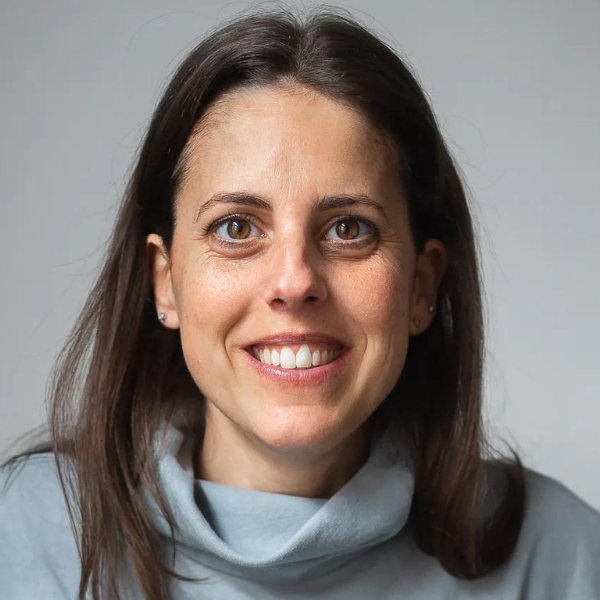
Sarah Ribesse
Relieve Furniture Project Manager
What is your role and what kind of work have you been doing with REVOLVE?
I am helping architects and people who want to furnish their office spaces with sustainable furniture. I received a request from Stuart of REVOLVE, and he told me about your needs in terms of furniture, he sent me the floor plan of the spaces, and some pictures.
It is super cool to be able to give a second life to all that furniture that is supposed to go to the container park, unfortunately.
Then I went on site to see a bit the space, to feel a bit the space, and then to listen to your needs, and then depending on the furniture I have on the marketplace of Relieve and depending on the furniture that I know that will come in, I match your needs, the needs of REVOLVE in terms of furniture and the material, the furniture that we have available and also upcoming.
It is super cool to be able to give a second life to all that furniture that is supposed to go to the container park, unfortunately. It is super cool to see this furniture live a second time in a new office space, and you can do super cool projects with second-hand or pre-loved furniture because we do not like to always say second hand, we prefer to say pre-loved furniture, because it has a more positive connotation.
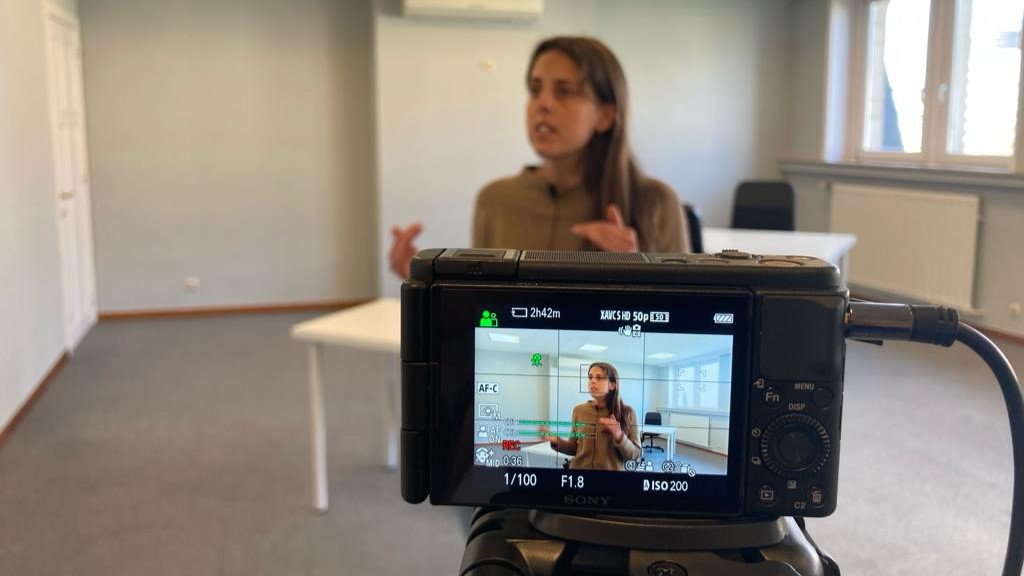
Sometimes you need to empty a specific space before a deadline and then you need to relocate all that furniture within a short amount of time. How does it work in terms of timing when you are the receiver?
In this case, we will depend on if there is a big donor delivering something soon or around the day that we are moving. That is a big part of my job, to match the moment when we receive the furniture and the moment that REVOLVE needs it.
We do not like to always say second hand, we prefer to say pre-loved furniture, because it has a more positive connotation.
Have you noticed a change in the mindset of companies that really want to be more sustainable and make this part of their job more sustainable?
You really feel that there is a demand coming from the clients or the architects’ studios, and there is a rising demand from the end client. So, we are working with architects’ studios, they have their clients, and the demand is coming from their clients.
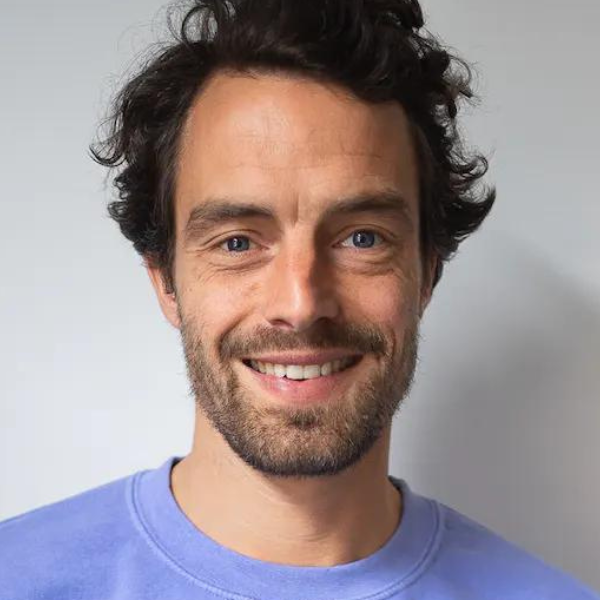
Jeremy Van Mullem
Relieve Furniture Founder / CEO
What is Relieve Furniture?
Relieve Furniture is originally a solution to help big companies to give a second life to their office furniture when they move.
We started a couple of years ago because we found out that in Europe there are about 42,000,000 items being discarded and sent to landfill and 90% of it is incinerated. We found it an obligation to start sorting it out and find a great solution to help facilities managers when they start moving.
There are about 42,000,000 items being discarded and sent to landfill and 90% of it is incinerated.
Also, what is behind this number is that many facilities managers are assigned to leave a building and do not have a sustainable solution. They need to find a way to pay as little as possible and most of the time it is the landfill because it is pretty simple, everything is taken in one shot and put somewhere where they do not really know, and they just close their eyes, and they do not really bother around what is next. So, the idea also is to try to educate the market and try to bring some information to the facilities managers and offer a simple and really efficient solution.
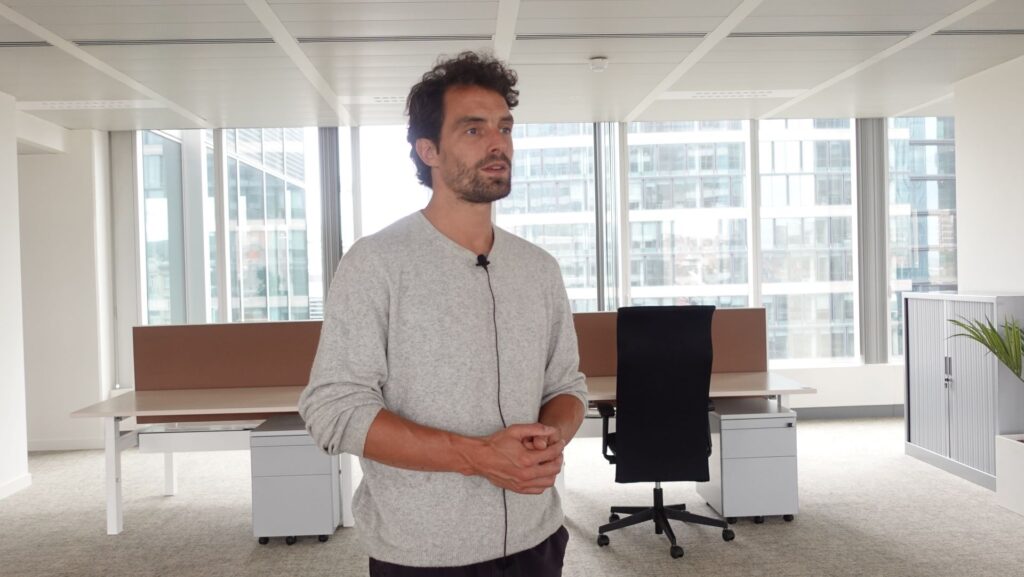
Could you explain your green removal methods?
When you compare it to a classic moving company, the furniture is being destroyed, so you do not save any CO2, you have a double problem. You destroy the item that is still in good state, and for a potential buyer, the buyer will buy new instead of secondhand, because they usually do not find the batch they are looking for.
The DNA of Relieve Furniture is based on the impact and to rehouse as much furniture as possible to make our planet greener. It is quite obvious to keep this office furniture as long as possible on the market, and to reuse it especially because good furniture has many lives.
What is your business model?
We try to find the best benefits for each party. What we set up is a win-win-win situation for the donor, Relieve Furniture, and the beneficiaries. Through a process what we say is that we work on donations, and we resell it at a symbolic price.
How can consumers or investors effectively evaluate whether a company’s environmental claims are genuine or potentially greenwashing?
The big advantage of our concept is that you see directly that companies act by giving it a second life. You see that it goes from the company to a beneficiary, so you see the end results straight away.
We partnered with a company called Tapio, which is a company that assesses the activity of the company and gives carbon reports, and we could have a full tracking of how much CO2 we save by giving a second life to a chair, to a desk, to an armrest. We could monitor that and at the end of the campaign, a donor will receive this full carbon report.
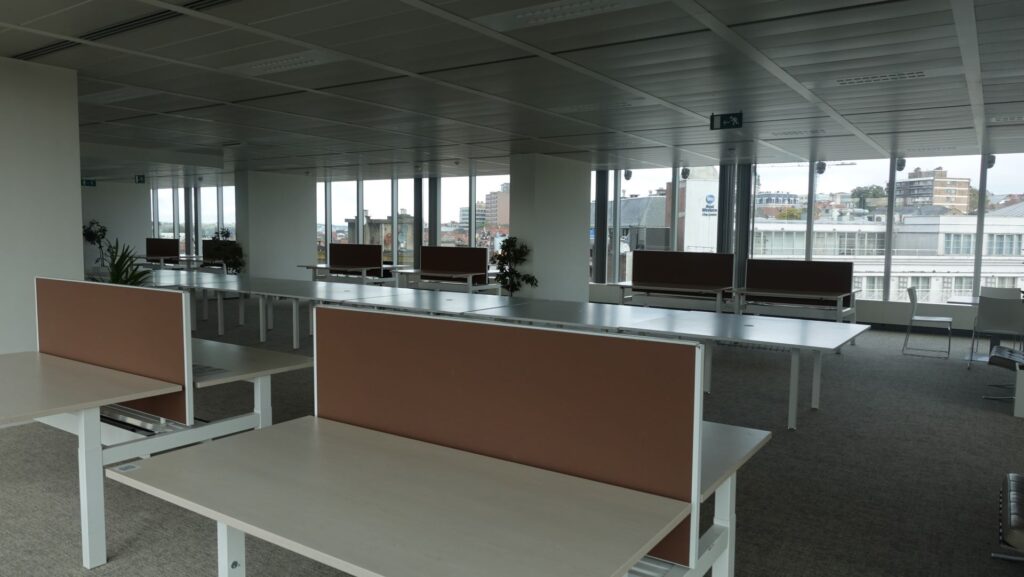
The big advantage of our concept is that you see directly that companies act by giving it a second life.
Have you experienced an increase in companies’ circular awareness?
I think there is a wake-up call. We see this especially in a corporate community where we have more and more donation requests from big companies, as much as from SMEs. I think people are not really allowed anymore just to throw away and just to incinerate items. I think people are much more mindful and take care of our planet and by definition, they will start looking for a sustainable solution when they need to make big moves.
From a buyer perspective, we see more engagement from architects’ studios, as well as either from their own initiative but also from the client’s initiative
I would say the dream, and it is coming true now, is that big companies that were supposed to be donors become buyers as well. We have big companies that have contacted us, and they wanted to embrace this transition by buying secondhand before buying new, that is a nice sign from the markets, and I hope it is going to become the future and not a trend.